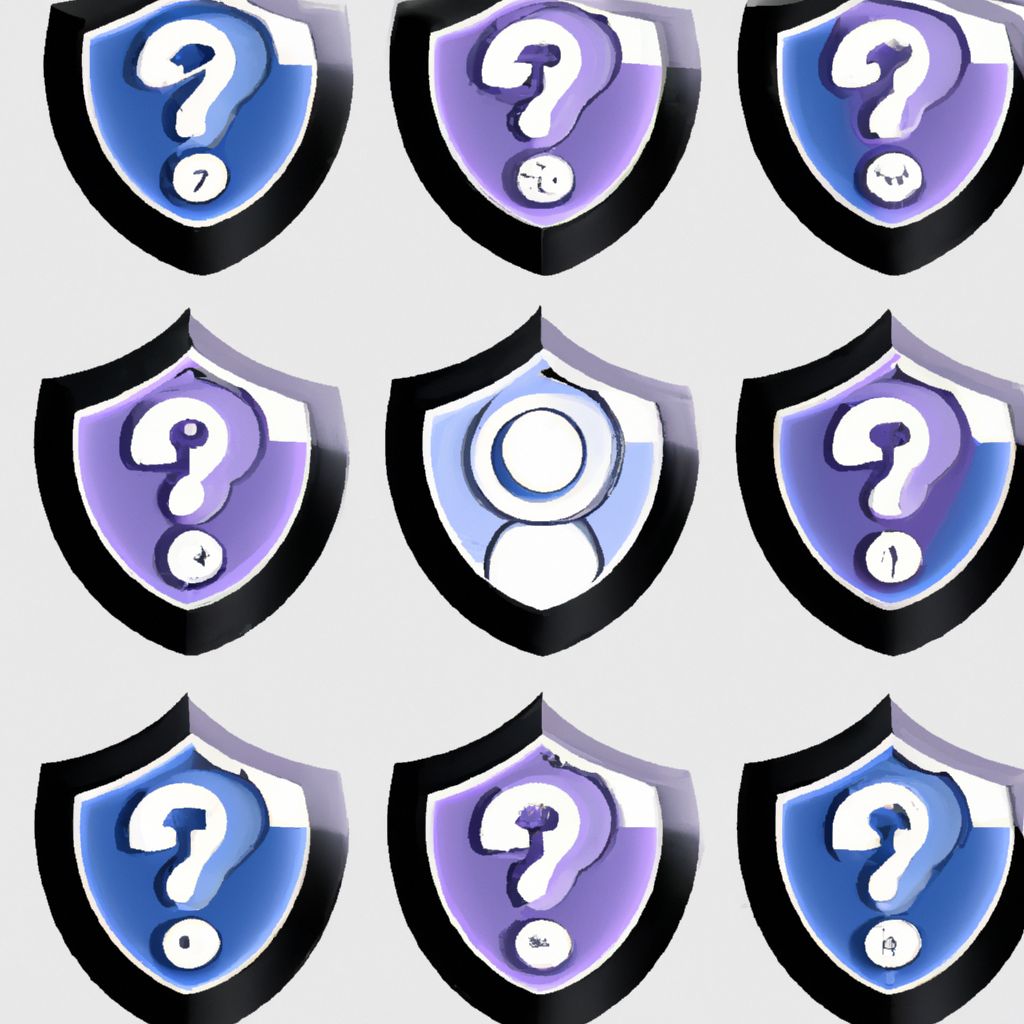Introduction: Beyond Rules to Understanding
Security awareness training often provides a set of rules and guidelines: use complex passwords, don't click suspicious links, report phishing attempts. While following these rules is crucial, truly understanding the reasons behind them—the "answers" to why these practices matter—transforms compliance into a proactive security mindset. When employees grasp the potential threats and the logic behind security recommendations, they are far more likely to internalize and consistently apply safe behaviors. This post delves into the 'why' behind some common security awareness training directives.
1. "Why do I need a complex and unique password for everything?"
- The Threat: Attackers use automated tools for brute-force attacks (trying millions of password combinations rapidly) and credential stuffing (using lists of stolen passwords from one breach to try logging into other unrelated services). Simple, common, or reused passwords make these attacks trivial.
- The Answer: Complexity (length, mix of character types) makes brute-forcing exponentially harder. Uniqueness ensures that if one account is compromised (e.g., in a third-party data breach), the stolen password won't grant attackers access to your other, more critical accounts (like work email or banking). A password manager is essential for managing many unique, complex passwords.
2. "Why should I report a suspicious email even if I didn't click anything?"
- The Threat: A suspicious email, even if unsuccessful against you, might be part of a larger phishing campaign targeting many employees. It could also indicate a more sophisticated spear-phishing attempt.
- The Answer: Reporting allows the security team to:
- Analyze the threat: Identify the attacker's tactics, infrastructure (malicious domains/IPs), and potential targets.
- Block the threat: Implement blocks at the email gateway or firewall to protect others who might receive the same or similar emails.
- Identify patterns: Recognize coordinated campaigns early.
- Warn others: Alert the organization if a widespread threat is detected. Your report, even on an email you correctly identified as malicious, provides valuable intelligence.
3. "Why is using public Wi-Fi for sensitive work risky?"
- The Threat: Public Wi-Fi networks (cafes, airports, hotels) are often unsecured or poorly secured. Attackers on the same network can potentially intercept your traffic using Man-in-the-Middle (MitM) attacks or packet sniffing. They might also set up malicious "evil twin" hotspots masquerading as legitimate ones.
- The Answer: Intercepted traffic can reveal login credentials, financial details, confidential emails, or session cookies, allowing attackers to hijack your accounts or steal data. While HTTPS encrypts some traffic, it doesn't protect everything (like DNS lookups), and vulnerabilities can still exist. Using a trusted VPN (Virtual Private Network) encrypts all your traffic, creating a secure tunnel even over untrusted networks.
4. "Why is clicking unknown links or opening attachments so dangerous?"
- The Threat: These are primary vectors for malware delivery and phishing. Links can lead to fake login pages designed to steal credentials or to websites that automatically download malware (drive-by downloads). Attachments (like PDFs, Word docs, ZIP files) can contain hidden malicious code (macros, exploits) that executes when opened.
- The Answer: A single click can be enough to infect your computer with ransomware, spyware, or trojans, leading to data loss, system compromise, or financial theft. Always verify the sender and the context before clicking or opening anything unexpected, even if it seems to come from a known contact (whose account might be compromised).
5. "Why bother locking my screen every time I step away?"
- The Threat: An unlocked, unattended computer is an open invitation for opportunistic access. Someone passing by (a disgruntled colleague, a visitor, or even cleaning staff in some environments) could quickly access sensitive data, send emails from your account, install malware via a USB drive, or change system settings.
- The Answer: Locking your screen (e.g., Windows Key + L, Ctrl+Cmd+Q) is a simple, fast habit that prevents unauthorized physical access to your logged-in session and the data accessible through it. It upholds the principle of least privilege even during brief absences.
6. "Why is Multi-Factor Authentication (MFA) pushed so heavily?"
- The Threat: Passwords, even complex ones, can be compromised through phishing, malware, or data breaches. Relying solely on something you know (a password) is inherently risky.
- The Answer: MFA adds crucial layers of security by requiring additional verification factors beyond just the password. These are typically something you have (like a code from an authenticator app or SMS) or something you are (like a fingerprint or facial scan). Even if an attacker steals your password, they cannot access your account without the additional factor(s), significantly reducing the risk of unauthorized access.
Conclusion: Knowledge Empowers Secure Habits
Security awareness training provides the essential "what" and "how" of staying safe online. Understanding the "why"—the specific threats being mitigated and the logic behind the recommended actions—is what truly empowers individuals. When employees grasp the risks and the effectiveness of security controls, they become more vigilant, make better security decisions, and contribute actively to the organization's overall security posture, transforming the human element from a potential weakness into a robust line of defense.
Disclaimer: This post represents the view of the individual author that wrote it and not necessarily the view of Rarefied Inc.
Looking for professional security testing?
Based on your interest in this topic, you might benefit from our specialized security services:
